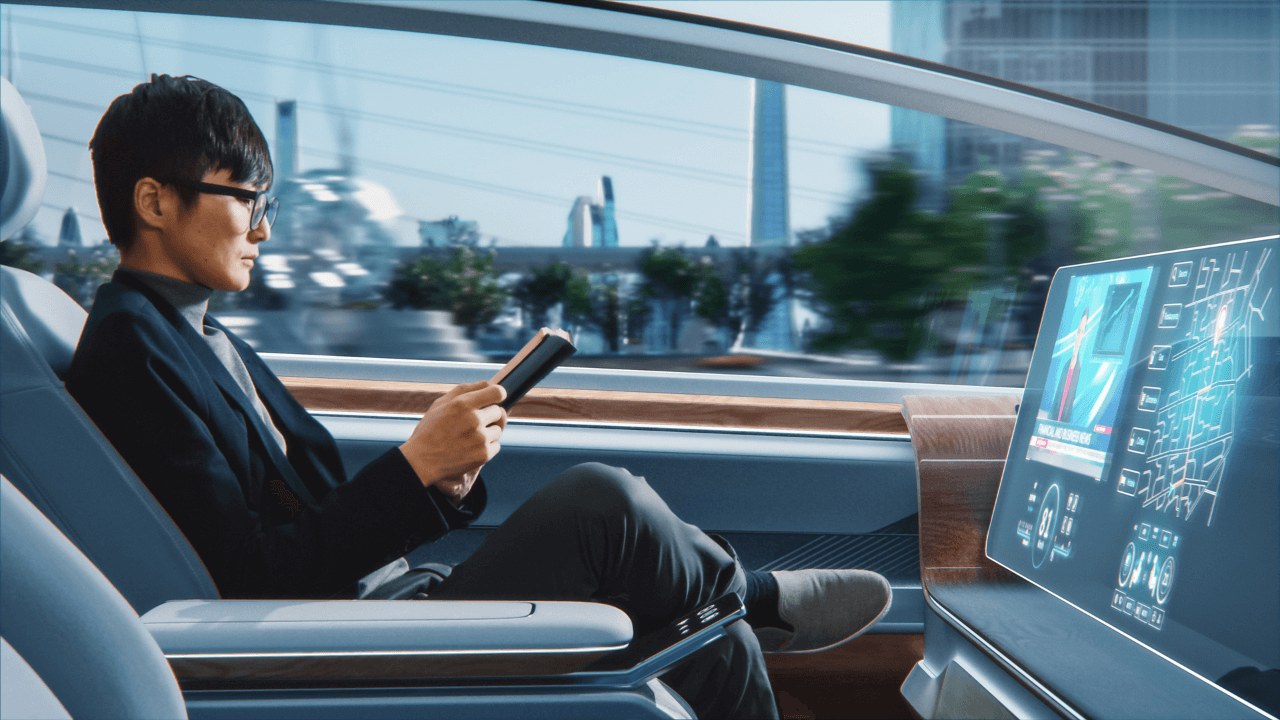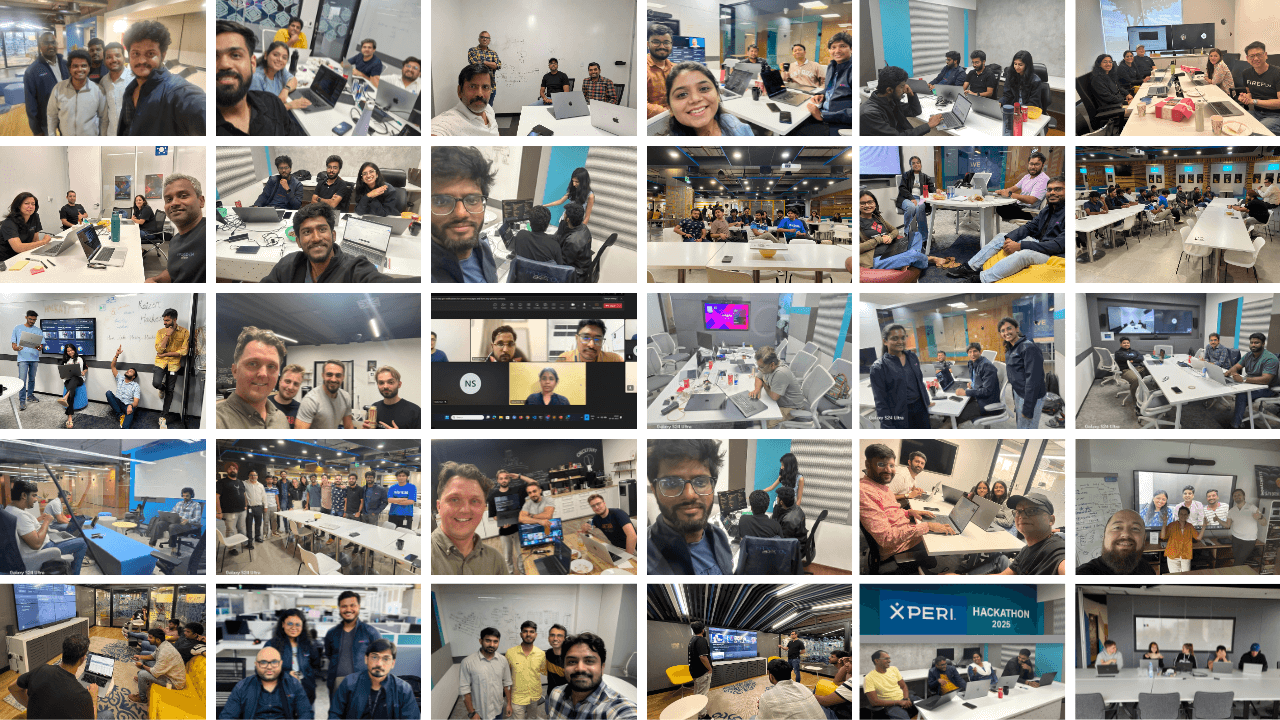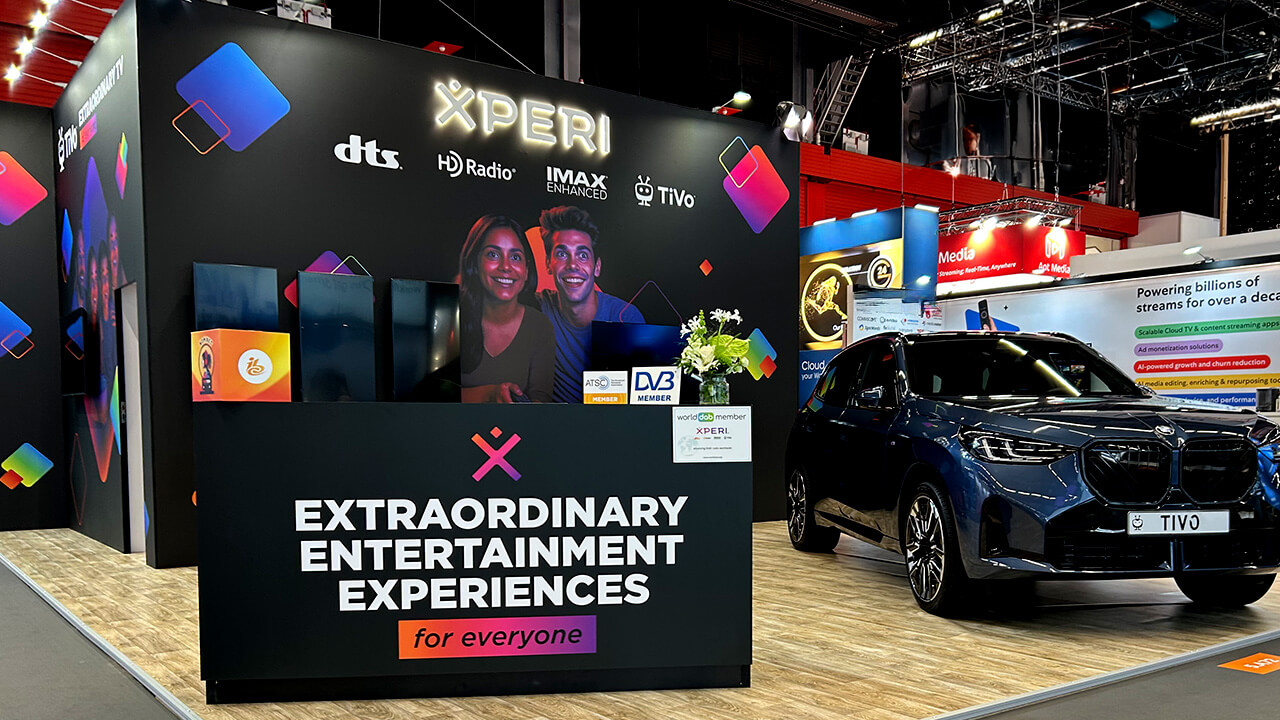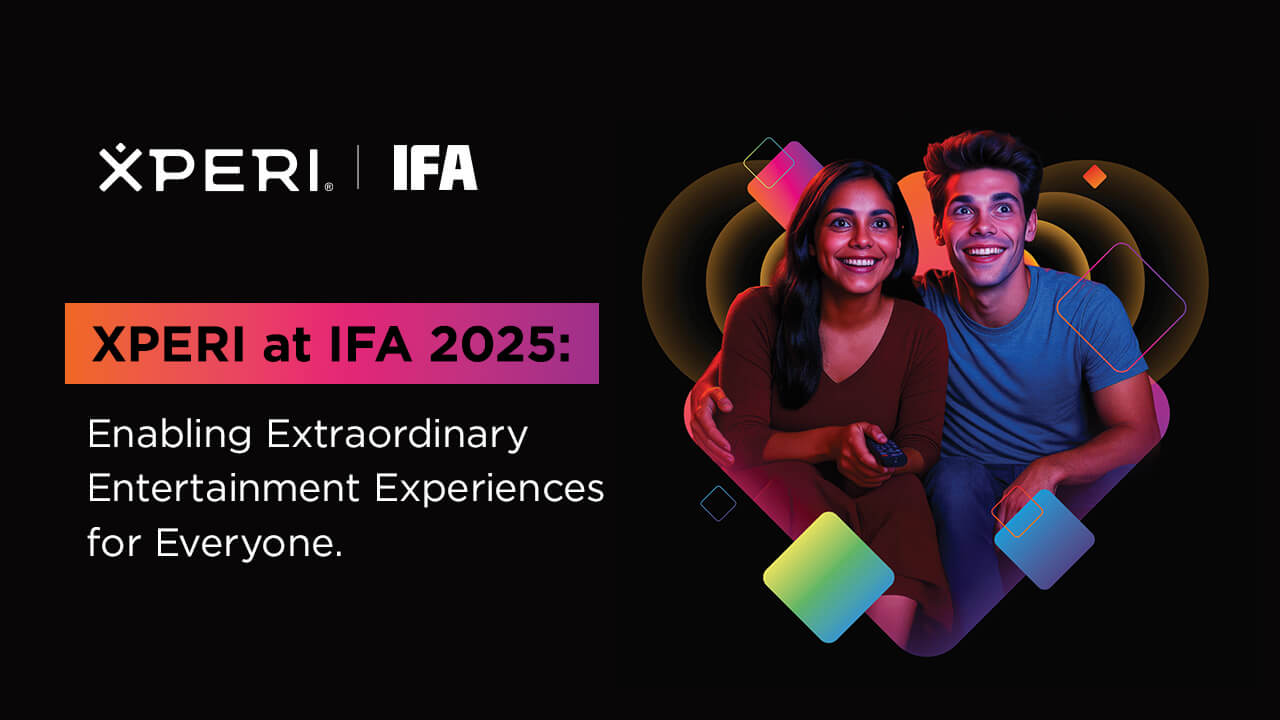This is an exciting moment for in-car entertainment, and the 2024 model year is the turning point for really interesting possibilities. What’s enabled this moment? Let’s take a look at three key factors.
First, cars now have big, beautiful screens.
In some ways, many of the automakers have been chasing Tesla and the giant screen it launched with the Model S. Now we see that the rest of the industry has caught up and, in some cases, has surpassed Tesla with glass dashboards and passenger screens ideal for video.
We’ve known that people reach for their phones whenever they have a few minutes of downtime in the car. But now — whether the viewer is interested in news, weather, sports, or pure entertainment — they have a bigger, better screen for engaging with video content.
Second, cars, the original mobile device, are now connecting to 5G networks.
That means many new vehicles have fantastic bandwidth, and we can push video easily to the car for the first time. That’s exciting.
Third, most platforms support browser-based solutions.
That means we can leverage existing partners’ web solutions, and content providers don’t have to design and build all-new products just for the car. This creates excellent efficiencies.
We can leverage the existing tablet experience of media companies like JOYN in Germany, Tubi here in the U.S., or TF1 in France, and translate it seamlessly into the car experience. Tablet applications already support touch, 5G, and landscape orientation, so we can bring them into the automotive environment very quickly, and customers will feel right at home using them in the car.
The mix of these three factors means we have all the right things in place for a compelling in-car video experience — for the OEMs, for our content partners, and, of course, for the consumer. It’s a really exciting time. But I’m also interested to see how the technology will be used and shaped by customers as it rolls out and becomes more prevalent.
For example, today, we see multiple use cases for in-vehicle entertainment. There’s a screen oriented to the driver that can be used for quick checks of the news, weather, or sports anytime the car is idle and the screen is accessible to the driver.
Another time we see people enjoying video is at the EV charging station, where the average charge time is 20 minutes. Note, too, that autonomous driving and autopilot are coming — faster than many people think — and that will open up new entertainment opportunities for the driver.
Another use case is a dedicated screen for the front-seat passenger, and that enables an entirely new level of entertainment engagement that isn’t dependent on autopilot or autonomous driving. And then there’s the rear-seat scenario, which is a game changer in terms of kids’ content. We’re also bringing a very large content network to the automakers that includes hundreds of live channels and thousands of movies and TV shows.
The type of vehicle impacts these scenarios, as well, and I’m interested to see how viewership plays out in various cars. For example, consider a minivan with screens in the back. We’d expect to see a lot more kids’ viewership there. But if it’s a high-end sedan carrying just a driver, then we may see more news, sports, and short-form entertainment.
All of these factors ladder up to what I’m most excited about, which is how we can make these entertainment experiences truly interactive for consumers and transcend the traditional boundaries of their cars and living rooms.
Right now, we’re launching what we’re calling the “What’s for Dinner?” use case with one of our content partners, Gusto. It’s simple and powerful. Gusto has a very broad catalog of recipes and food entertainment, and they present it all in short, engaging segments that close with a QR code for more information. So you quickly scan dinner ideas in your car, capture the recipe on your phone, and then walk into your grocery store to get the ingredients. And in the near future, we’ll be able to sync the store location to your navigation system or order ahead for pickup. “What’s for Dinner?” is that universal question asked every day — often on the way home from work — that feels like a natural fit for in-car video.
The opportunities to collaborate with our content partners and retailers are exciting, and I’ll share more thoughts about those possibilities for interaction in the coming weeks.
Stay up to date on the latest technology and insights from DTS here.



